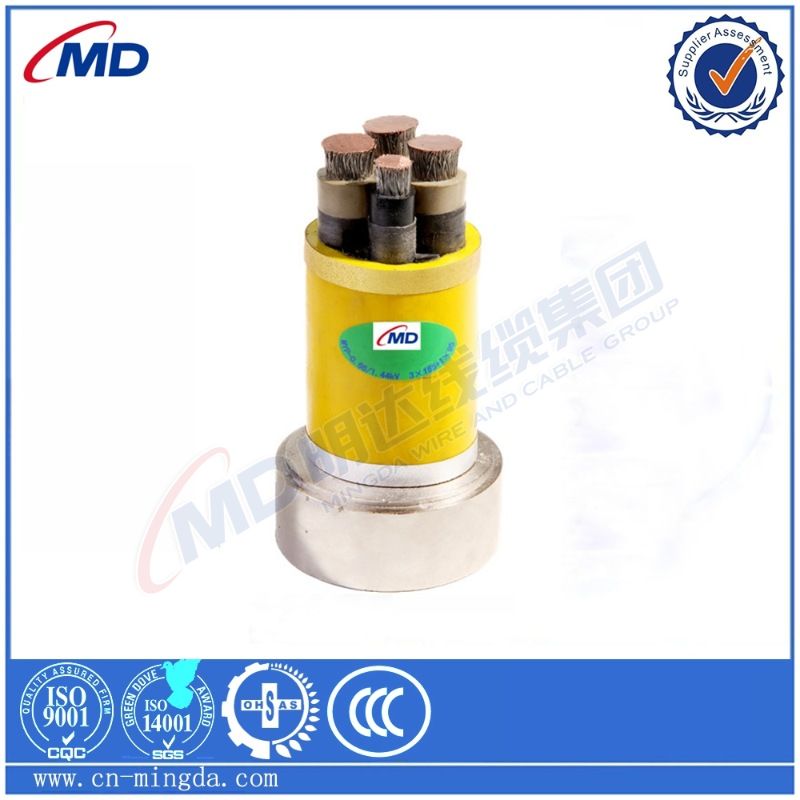Aug . 31, 2024 01:47 Back to list
Y Strainer ANSI - High Performance Filtration Solutions
Understanding Y-Strainers ANSI Standards and Applications
Y-strainers are crucial components in various industrial fluid systems, designed to filter out unwanted debris and particulates from liquids and gases. Their unique design, resembling the letter Y, allows not only for efficient filtration but also for easy maintenance and cleaning. When discussing Y-strainers, it is essential to consider the ANSI (American National Standards Institute) standards, which ensure quality, safety, and interoperability in industrial applications.
The Importance of ANSI Standards
ANSI is a private non-profit organization that oversees the development of voluntary consensus standards for products, services, processes, systems, and personnel in the United States. When it comes to Y-strainers, ANSI standards help ensure that these components are manufactured to meet specific quality requirements, dimensions, pressure ratings, and performance metrics. Adherence to ANSI standards means that Y-strainers can be relied upon for performance consistency and safety in critical applications.
For instance, the ANSI B16.34 standard addresses the pressure-temperature ratings for valves and fittings, which is directly applicable to Y-strainers. This standard ensures that Y-strainers can withstand varying temperature and pressure conditions without compromising their integrity or functionality. Industries ranging from water treatment to oil and gas exploration utilize Y-strainers that meet these ANSI standards to minimize downtime and prevent costly operational interruptions.
Design and Functionality
One of the key features of Y-strainers is their ability to trap solid particles while allowing fluid to pass through unhindered. The strainer's design typically includes a removable strainer element or basket, which can be easily accessed for cleaning. This design not only facilitates maintenance but also extends the life span of the equipment downstream, such as pumps and valves, by preventing the wear and tear that comes from debris passing through.
y strainer ansi

Y-strainers are available in various materials, such as stainless steel, bronze, and plastic, depending on the application and the type of fluid being filtered. The choice of material significantly impacts the strainer's corrosion resistance and overall durability, which are vital considerations in harsh environments.
Applications of Y-Strainers
Y-strainers find applications across diverse industries. In water treatment facilities, they are used to filter out sediments and particles before water enters pumps and other critical equipment. In chemical processing, Y-strainers help to maintain the purity of chemicals by capturing impurities that could compromise the integrity of the final product. In HVAC systems, they prevent debris from clogging up coils and valves, ensuring efficient heat exchange and system performance.
Moreover, in the oil and gas industry, Y-strainers play a vital role in protecting refining equipment from contaminants that can cause significant damage and lead to expensive repairs. Lubricant filtration is another critical application where Y-strainers are employed to ensure the longevity of machinery.
Conclusion
In summary, Y-strainers that adhere to ANSI standards are indispensable in various industrial sectors for effectively filtering fluids. Their robust design allows for ease of maintenance while ensuring reliable operation in challenging environments. As industries continue to prioritize efficiency and safety, understanding the role of Y-strainers within ANSI frameworks becomes increasingly significant. Investing in high-quality, ANSI-compliant Y-strainers is not just a matter of regulatory compliance but a proactive approach to enhance operational efficiency and protect valuable equipment.
Share
-
Reliable Wafer Type Butterfly Valves for Every IndustryNewsJul.25,2025
-
Reliable Flow Control Begins with the Right Ball Check ValveNewsJul.25,2025
-
Precision Flow Control Starts with Quality ValvesNewsJul.25,2025
-
Industrial Flow Control ReliabilityNewsJul.25,2025
-
Engineered for Efficiency Gate Valves That Power Industrial PerformanceNewsJul.25,2025
-
Empowering Infrastructure Through Quality ManufacturingNewsJul.25,2025